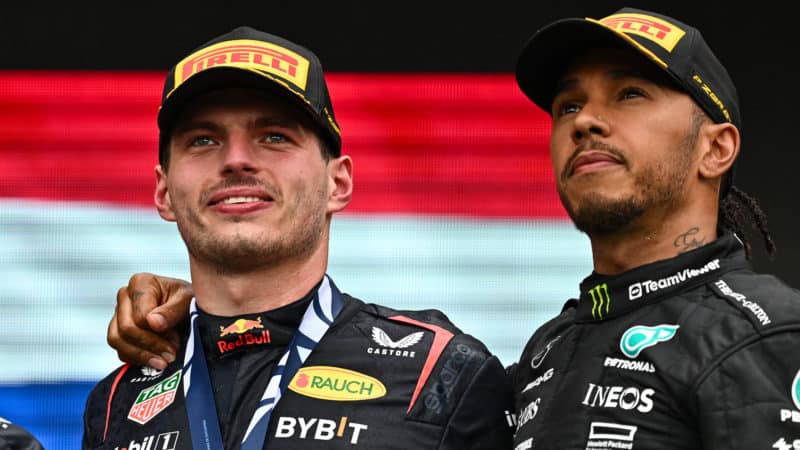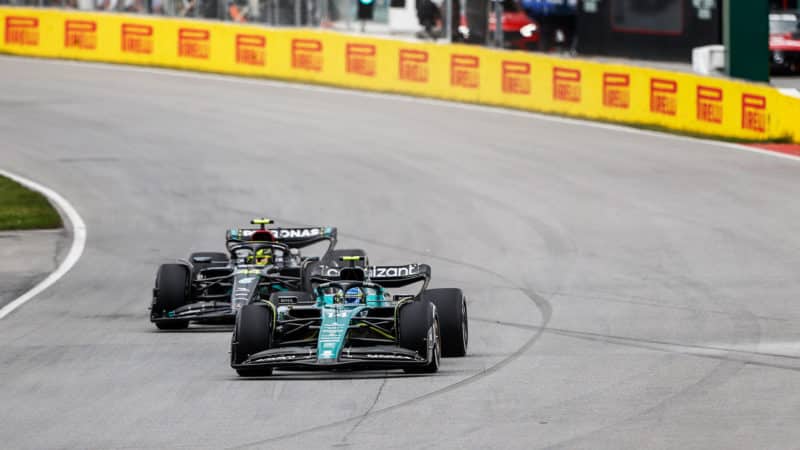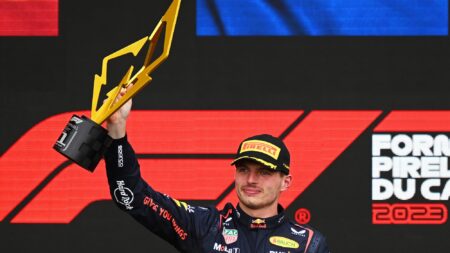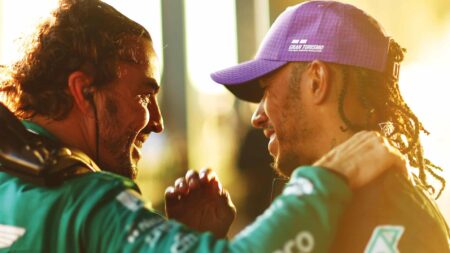But even with that handicap, Alonso was only ever a distant threat. The Aston might have got closer if a) Alonso hadn’t been beaten off the startline by Hamilton’s slower Mercedes and got stuck there for 20-odd laps and b) if a false data read-out had not obliged Alonso to drive for several laps of lift-and-coast to save fuel which didn’t need saving.
That also flattered how close the Merc was to the Aston. Hamilton had initiated the second stops from around 5sec behind the Aston, triggering Alonso and Verstappen into responding. Hamilton made a late charge, forcing Alonso to respond, but Fernando always had it well in hand.
Hamilton’s assessment was realistic. “We didn’t have the pace today,” he said. “We knew that this wouldn’t be our strongest circuit, as we struggle in the lower-speed corners particularly. And that’s really where I was losing to Fernando and to Max, just on traction out of Turn 2, out of pretty much every corner. We’ve got a lot of work to do just to add rear downforce to the car and a little bit more efficiency, but we’re chipping away and I do believe we will get there at some stage.”
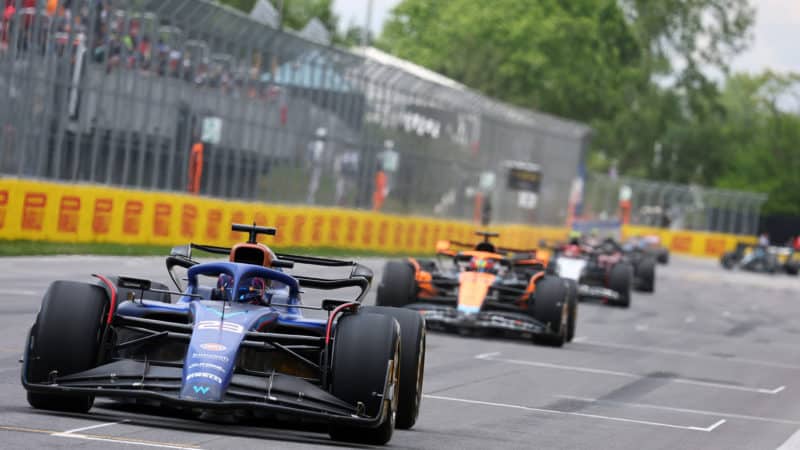
Albon held on to qualifying gains by keeping rivals behind him
Williams
George Russell crashed the other Merc when running behind the Hamilton-Alonso train in the first stint, hitting the Turn 8 barriers on lap 12. As he limped to the pits for repairs the safety car came out and the front half of the field took the opportunity of pitting. Ferrari’s Charles Leclerc and Carlos Sainz – running in a midfield DRS train, trapped behind slower cars on account of their poor grid positions – stayed out so as to use their performance to leapfrog past the midfield and up to fourth and fifth, where they would finish, ahead of the also one-stopping Red Bull of Sergio Perez, who hadn’t made it out of Q2 in wet qualifying. With enough of a gap behind not to lose position, he was brought near the end for a new set of soft tyres on which he set the race’s fastest lap.

